Cheap homes, risky buying: capital city suburbs investors should avoid
Property buyers are at risk of losing money every year if they choose to buy into a handful of cheap, but risky, suburbs and can save in the long run purchasing elsewhere, new research shows.
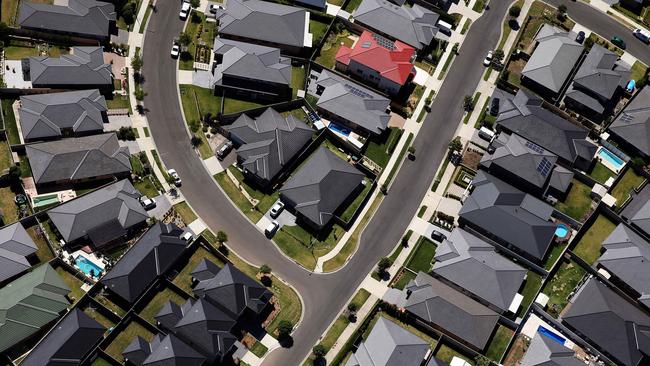
Property investors considering a purchase in a variety of cheap suburbs spread across capital cities with a large resources industry may be better off buying elsewhere, new research shows.
The modelling from Sellorhold.com.au, part of the Select Property Research Group, showed market conditions in a range of locations with median prices under $600,000 would not support growth.
Property buyers instead faced the risk of losing money each year as local prices continued to fall.
MORE: Long weekend disrupts auction energy
Aussies don’t want to buy home with spouse
The suburbs were spread mostly across Perth and Darwin, but also included a Brisbane area as well.
The Perth areas were outer suburbs Henley Brook, Wandi and Jindalee, along with middle-ring suburbs such as East Cannington and Bentley.
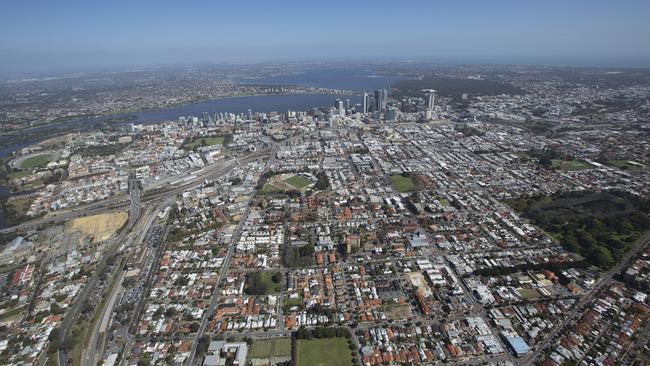
The Brisbane suburb flagged as a low growth area was Bahrs Scrub in the Beenleigh area south of the city.
House prices in Bahrs Scrub were typically about $80,000 below the Brisbane average.
Low growth Darwin suburbs were Rosebery, Farrar and Howard Springs, all in the wider Palmerston area.
Property analyst Jeremy Sheppard explained that Sellorhold research took into account the ratio of supply to demand and recent price cycles.
Areas with low demand for housing but a large supply of property stock were considered unfavourable for investors because there would be no pressure on prices to increase.
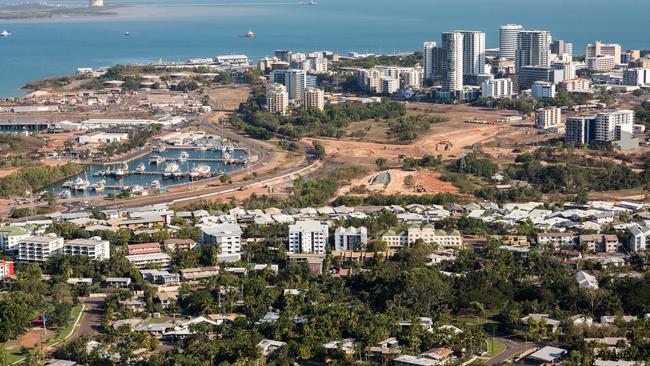
Growth cycles also played a considerable part in determining whether an area was primed for further price increases — recent price falls usually indicated values may continue falling for some time.
Median house prices in Darwin as a whole have fallen nearly 12 per cent over the past three years, while Perth prices dropped 6.3 per cent, according to CoreLogic research.
The falls were even larger in some suburbs such as Rosebery, NT, where house prices tumbled 17 per cent over the past three years.
“Momentum is a big influence on markets,” Mr Sheppard was on record as saying.
He said low growth forecasts were common in a number of suburbs in Darwin and Perth, which meant investors would be better off looking further afield.
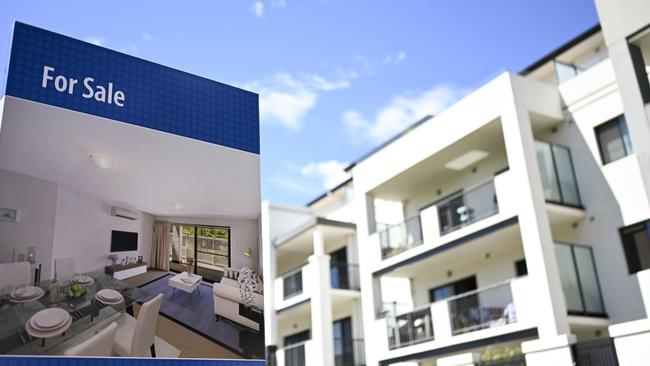
“The research showed that vainly holding on to properties in some of these locations could see your property wealth erode every year,” he said.
Investors on the hunt for cheap properties with the potential to grow in value would be better off considering lower priced suburbs around Canberra, Hobart, Adelaide and the Gold Coast-Tweed area, the Sellorhold research revealed.
Key suburbs included Charnwood and Karabar in the Canberra-Queanbeyan area.
“The Canberra-Queanbeyan region has taken out the first and second places for forecast price growth, partly due to affordable house prices close to our nation’s capital,” Mr Sheppard said.
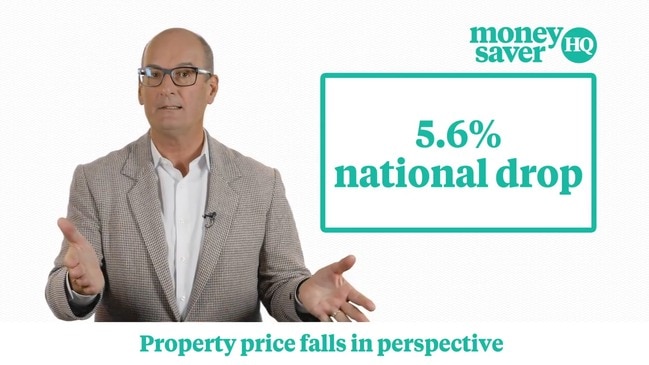
“Both Charnwood and Karabar are near Canberra, which means housing is in strong demand from public servants.”
Growth areas also included Hobart suburbs Old Beach, Geilston Bay and Austins Ferry.
“Hobart has three of the top 15 results, which shows that there is growth still remaining in the Apple Isle capital,” Mr Sheppard said.
“If its name didn’t give it away, the appeal of Geilston Bay is partly due to its desirable location on the Derwent River while also only being 7km from Hobart.”
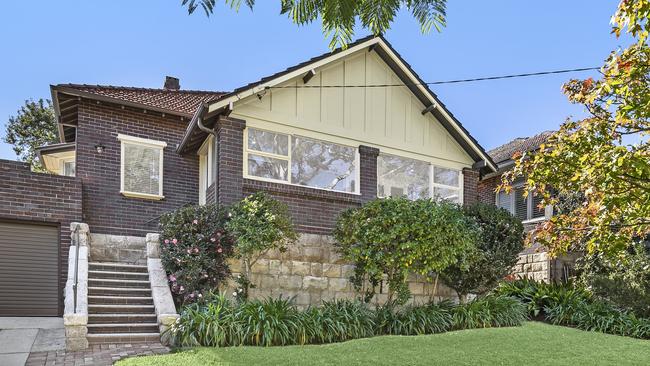
Other areas were Bilambil Heights in the Gold Coast-Tweed area, along with Adelaide enclaves St Marys, Birkenhead, Largs North and Croydon Park.
This comes as additional research from the Real Estate Institute of Australia revealed house prices across Australia fell by an average of 2.2 per cent over the March quarter. Prices for other dwellings, including units, fell 1.4 per cent.
MORE: Former Multiplex boss sells $18m home
Winners and losers from interest rate cut
REIA president Adrian Kelly said the national market was showing signs of stabilising, despite the falls. “With the election out of the way and no change in property taxation, a cut in official interest rates in June and the possibility of a further cut later this year we should see the market, which is already showing signs that the rate of price falls is declining, stabilise,” Mr Kelly said.
Originally published as Cheap homes, risky buying: capital city suburbs investors should avoid
